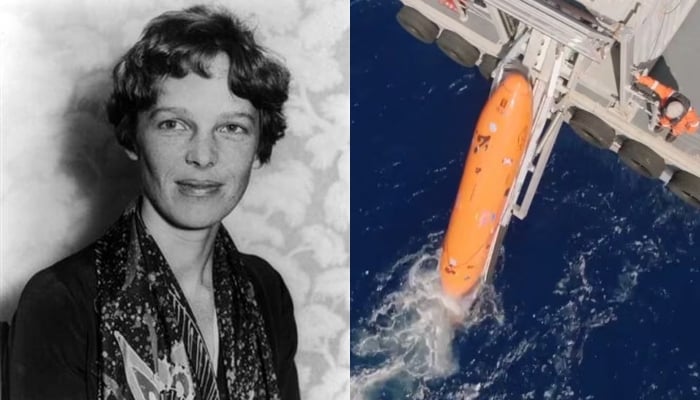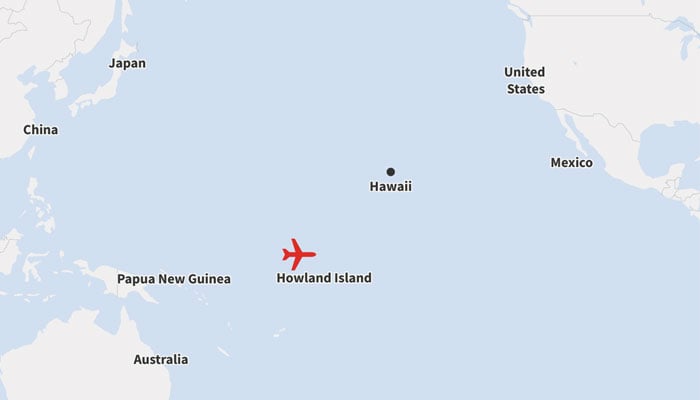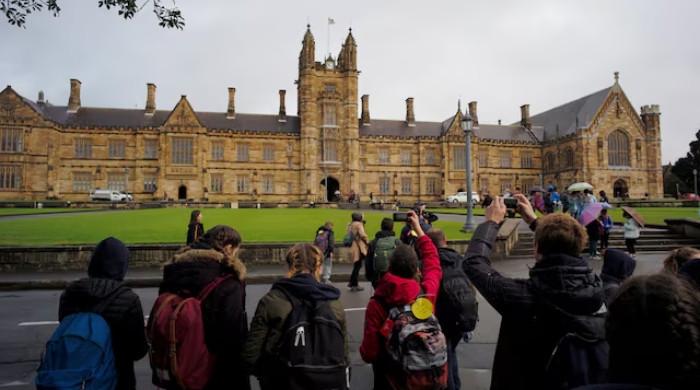Ex-US spy claims he may have found aviator Amelia Earhart's plane
"As long as she's missing, there's always going to be somebody out there searching," Tony Romeo said.
January 31, 2024

Former United States Air Force intelligence officer Tony Romeo believes he has found the wreckage of American aviator Amelia Earhart's plane on the Pacific Ocean using sonar data from a deep-sea drone.
Romeo plans to launch a mission later this year or next to find the plane, which a massive US search failed to do in 1937.
"She's America's most famous missing person, right? As long as she's missing, there's always going to be somebody out there searching," Romeo said. "If we can help bring closure to this story and bring Amelia home, we'd be super excited."
In 1932, Earhart, an American aviator became the first woman and second person to fly solo and nonstop across the Atlantic, succeeding Charles Lindbergh five years later, Reuters reported.
Earhart and navigator Fred Noonan were attempting to fly around the world when their plane went missing over the Pacific.
Romeo, Deep Sea Vision CEO, believes the wreckage of Earhart's plane is located over 5,000 meters beneath the surface, about 160 km from Howland Island, halfway between Hawaii and Australia.
He says blurry sonar images from a drone reveal a plane-like shape on the flat, sandy ocean bottom.

Deep Sea Vision's 16-member crew searched more than 13,400 square km (5,200 square miles) over 100 days at the end of last year.
Romeo claimed that the images showed a plane resembling Earhart's Lockheed Model 10-E Electra, with twin vertical stabilisers on the tail, which was a distinguishing feature.
Romeo believes Earhart lacked fuel and landed on the ocean surface, causing the plane to sink to the bottom, where it would remain unaffected by light currents.
"The first step is to confirm it," he said. "The next step would be, if it's possible, to raise it to the surface and restore it," Romeo said, adding that the process could take years.











